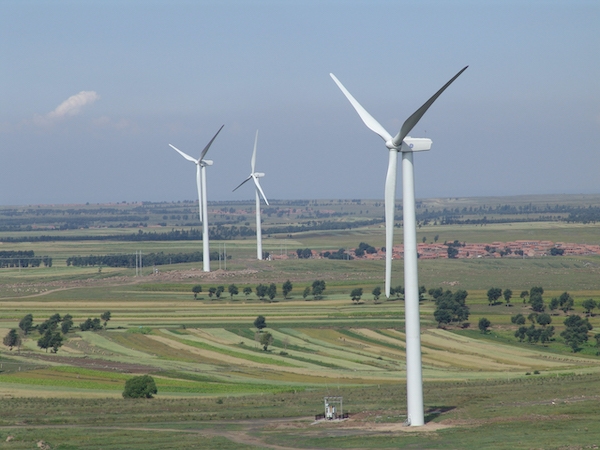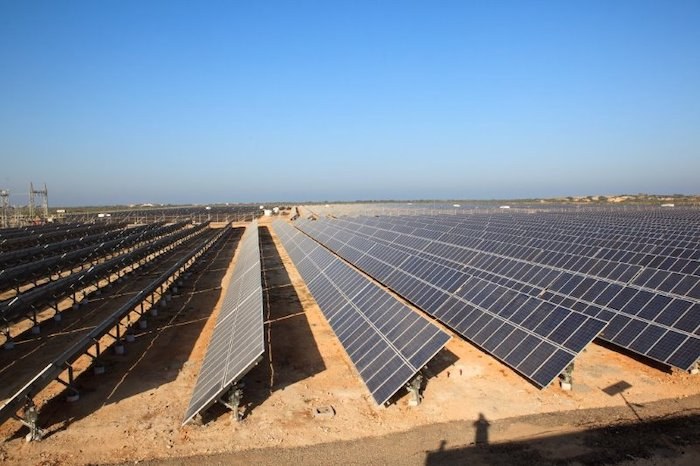Read the full story on Vox here.
The environmental consultant agency Natural Capital Partners established one of the first carbon-neutral frameworks in 2002, creating a clear set of guidelines for businesses aiming to reach carbon neutrality...
“A protocol like ours is valuable because it provides this certified framework that businesses can point to, and all of this information is publicly available, so it’s a transparent process,” Rebecca Fay, Natural Capital Partners chief marketing officer, told Vox.
Natural Capital Partners’ protocol offers more than 30 kinds of carbon-neutral certifications a company can choose to comply with. For example, a business has the option to separately certify its office space, a product, or parts of its operation as carbon-neutral. It will then work with the agency to independently assess its total emissions and carbon footprint, and set a target to achieve net-zero carbon emissions. This might require it to implement small changes in its offices, like upgrading a lighting system, or entirely changing its operations, like moving to renewable energy in manufacturing processes, Fay said.
The path to carbon neutrality looks different for every business, she added: “If you’re leasing an office in a big block, you might have less opportunity to change things in your building. If you’re a company with 10 employees, reducing your emissions internally might be easier.”
...
“In our experience, none of our clients just offset their emissions,” Fay said, citing the agency’s research that companies with a carbon-neutral target are six times more likely to also have a goal to internally reduce their carbon footprint. “For some companies, offsetting makes up for what they can’t reduce internally. It’s a powerful mechanism to ensure that emissions are being reduced now.”
Decarbonization is crucial to safeguarding the future of our planet, as it ...

We need carbon accounting to quantify and manage greenhouse gas emissions, ...

Carbon neutral and net zero are two terms often used interchangeably, but t...
